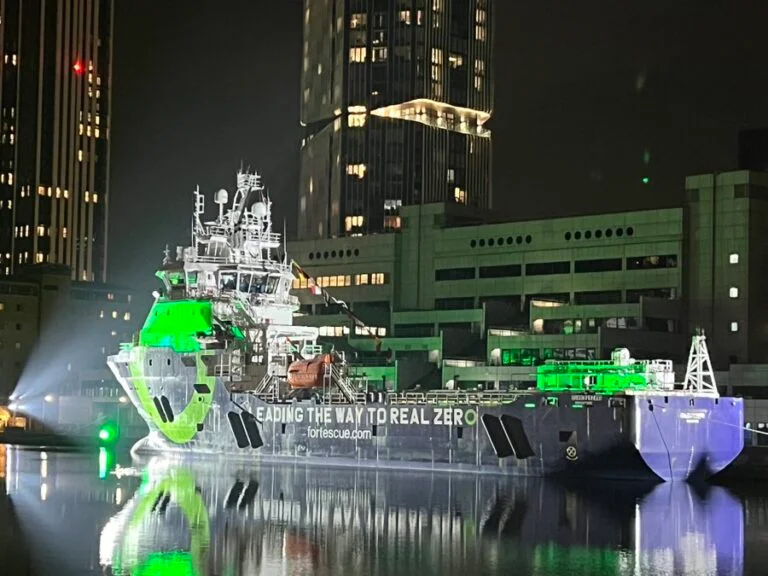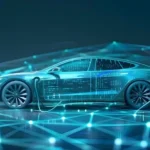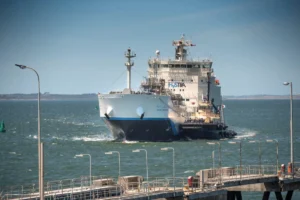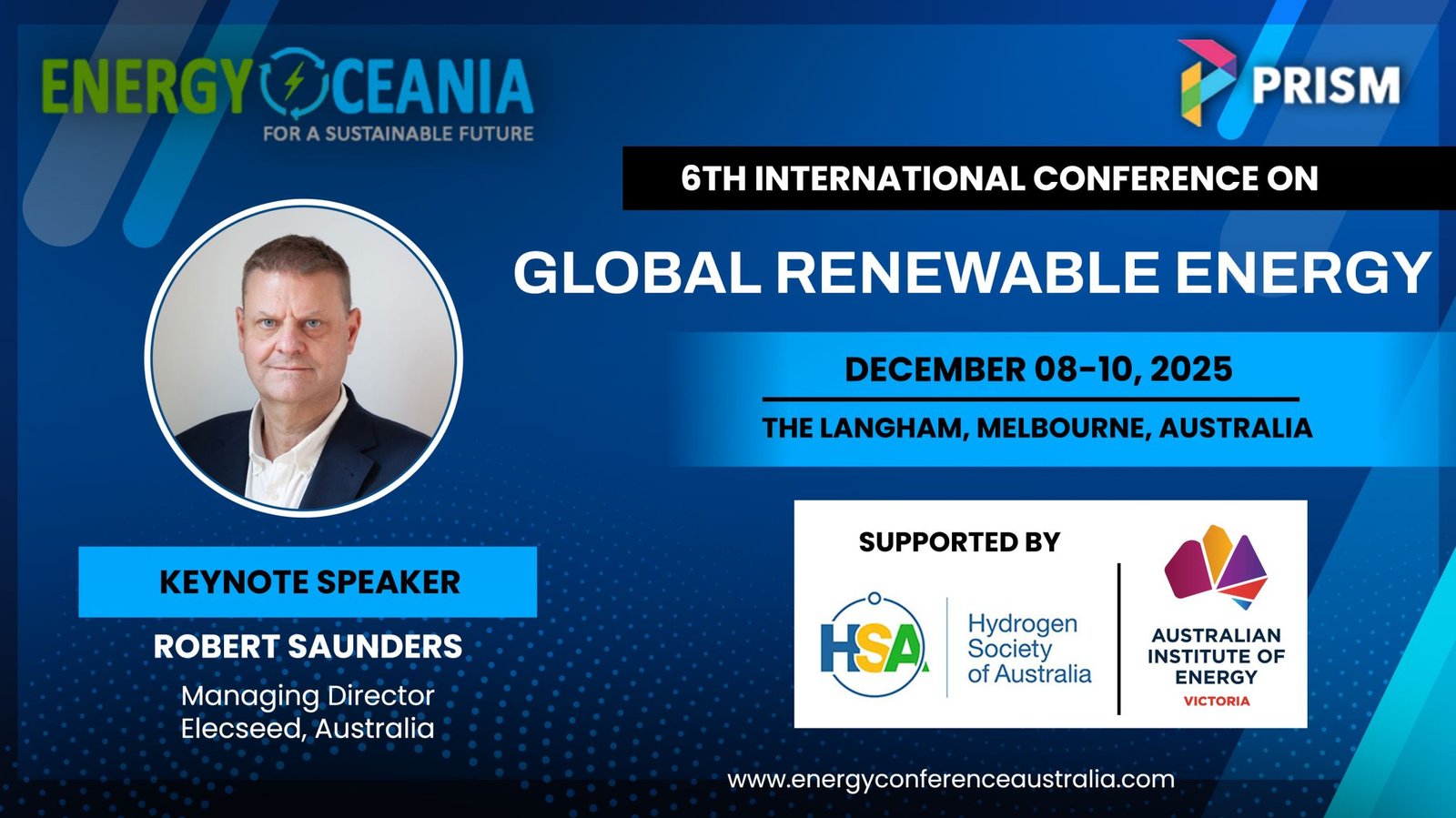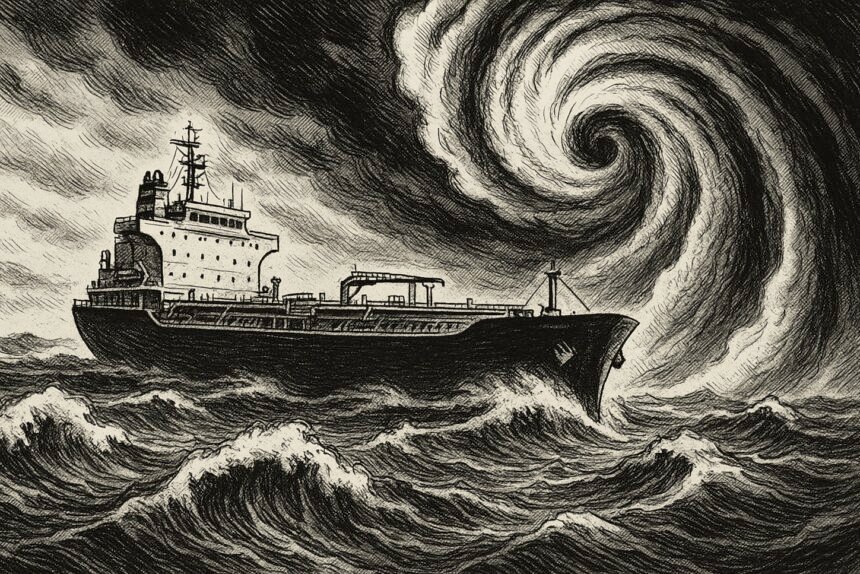Australian Fortescue Green Pioneer is the world’s first dual-fueled ammonia-powered vessel and docked at Canary Wharf London ahead of the UN International Maritime Organisation (IMO), lobbying for Zero-Carbon Maritime Fuel adoption.
The shipping industry is a significant contributor to global carbon emissions, accounting for around 2% of annual greenhouse gas (GHG) emissions. The sector is largely dependent on fossil fuels, but efforts are being made to decarbonize through carbon pricing and alternative fuels.
The International Maritime Organization (IMO) tracks fuel consumption trends, including the use of alternative fuels like LNG, LPG, methanol, ethanol, ethane, and biofuels. If you’re looking for specific percentages on fuel types, you can find detailed data here.
“Fortescue Green Pioneer embodies the innovative spirit, courage and leadership that is taking Fortescue to Real Zero by 2030,” Fortescue Executive Chairman and Founder Andrew Forrest said.
“The International Maritime Organization must call on that same spirit, courage and leadership to fast-track shipping’s transition to green fuels.
“This will not only deliver a better future for the planet but accelerate a reduction in shipping costs through the widespread adoption and scaling of renewable energy.
“There is no time to waste on so-called transitional fuels that will only serve to slow our progress towards a world no longer reliant on fossil fuels.”
Fortescue Green Pioneer vessel proves green ammonia as a critical alternative to fossil fuels – signed an agreement with Bocimar, part of CMB.TECH, to decarbonise the shipping industry, taking iron ore from the Pilbara to global customers.
April 2025 Fortescue has signed an agreement with Bocimar, part of CMB.TECH, to charter a new ammonia-powered vessel. This emphasises the commitment of both companies to decarbonise the shipping industry.
Alexander Saverys, CEO of CMB.TECH, said: “Fortescue and Bocimar have been close partners for more than 20 years. We share the same values and are both passionate about decarbonising the maritime industry.
The 210,000 dwt Newcastlemax vessel is expected to be delivered to Fortescue by the end of next year and will play a vital role taking iron ore from the Pilbara to customers in China and around the world.

The 75-meter-long vessel was developed in collaboration with maritime engineers and the Maritime Port Authority of Singapore. It successfully conducted the first ammonia fuel transfer for marine propulsion in March 2024. Fortescue’s chairman, Dr. Andrew Forrest, has emphasized the need for early adoption of zero-emission fuels, urging global ports to prepare for ammonia bunkering.
April 2025 Fortescue has signed an agreement with Bocimar, part of CMB.TECH, to charter a new ammonia-powered vessel. This emphasises the commitment of both companies to decarbonise the shipping industry.
The 210,000 dwt Newcastlemax vessel is expected to be delivered to Fortescue by the end of next year and will play a vital role taking iron ore from the Pilbara to customers in China and around the world.
The modern, highly efficient vessel will feature a dual-fuel engine, making it capable of operating on ammonia that can be created using renewable energy.
While Fortescue is committed to eliminating Scope 1 and 2 emissions from its Australian iron ore operations by 2030, its target of Net Zero Scope 3 emissions by 2040 reflects the challenge of eliminating emissions from the shipping of its products to customers and from steelmaking.
Compared to traditional fuels and even other alternative options like hydrogen, ammonia has several advantages for decarbonizing the shipping industry:
🌱 How Ammonia Stands Out as a Maritime Fuel
- Carbon-Free Combustion: Unlike fossil fuels, ammonia doesn’t emit CO₂ when burned.
- Energy Density: Ammonia has higher energy density than hydrogen, making it more practical for long-distance shipping.
- Existing Infrastructure: Many ports and industries already use ammonia for various applications, meaning modifications for maritime use are more feasible than starting from scratch.
⚠️ Challenges to Overcome
- Toxicity: Ammonia is corrosive and hazardous, requiring careful handling and onboard safety systems.
- Nitrogen Emissions: While ammonia eliminates CO₂ emissions, it can produce NOₓ pollutants that require special catalytic converters.
- Production Methods: Most ammonia today is made using fossil fuels, so truly green ammonia relies on scaling electrolysis-powered production.
🚢 Fortescue’s Role in the Transition
- The Green Pioneer successfully transferred ammonia fuel in March 2024, proving real-world application.
- Fortescue is pushing for global ammonia bunkering stations, urging ports to adapt infrastructure.
- Researchers and industry leaders are now testing dual-fuel engines that optimize ammonia combustion while reducing NOₓ emissions.
Ammonia could soon play a major role in decarbonizing the shipping sector, but adoption depends on regulation, infrastructure updates, and widespread technological improvements. Would you like insights on how other companies are exploring ammonia-powered vessels?

